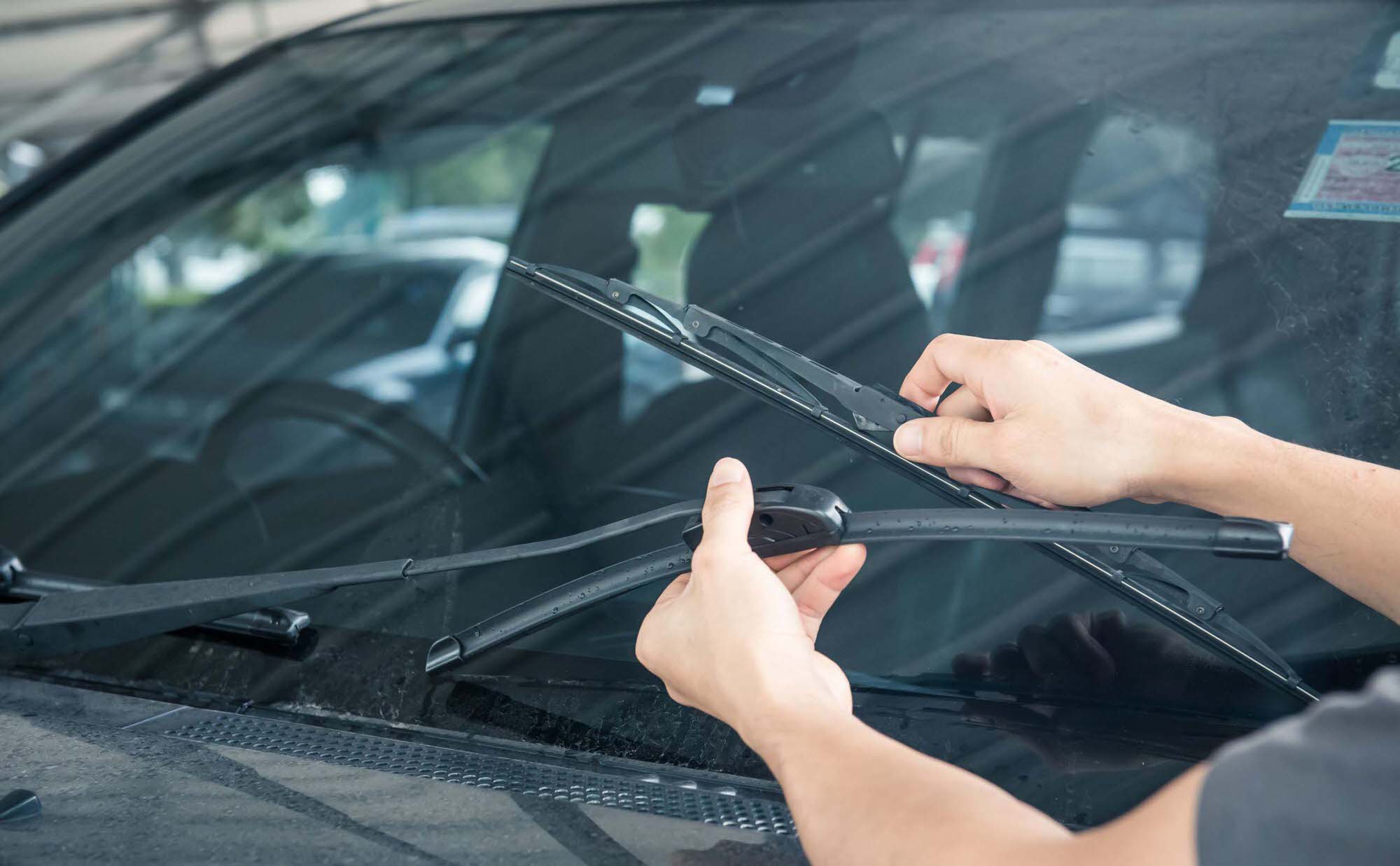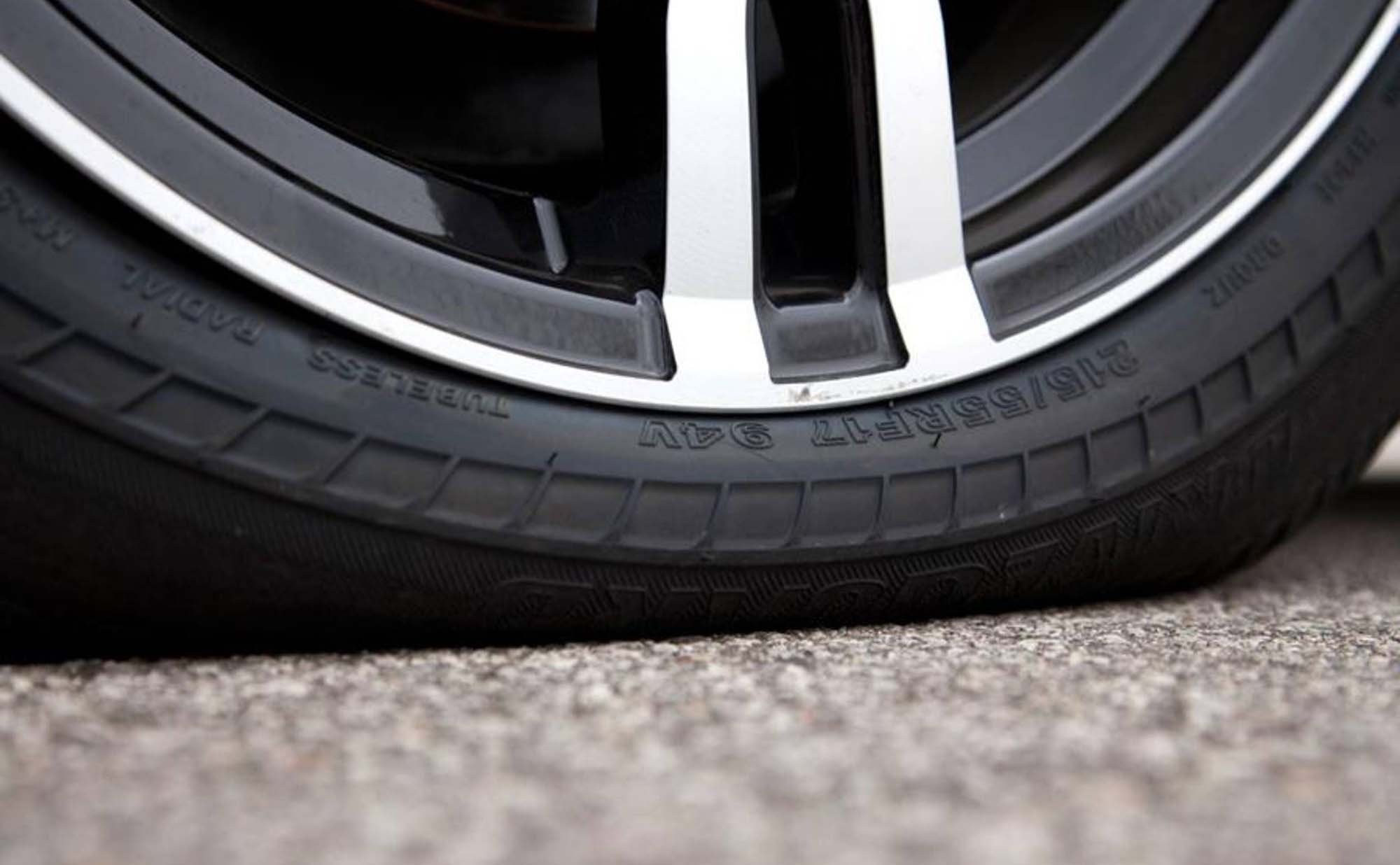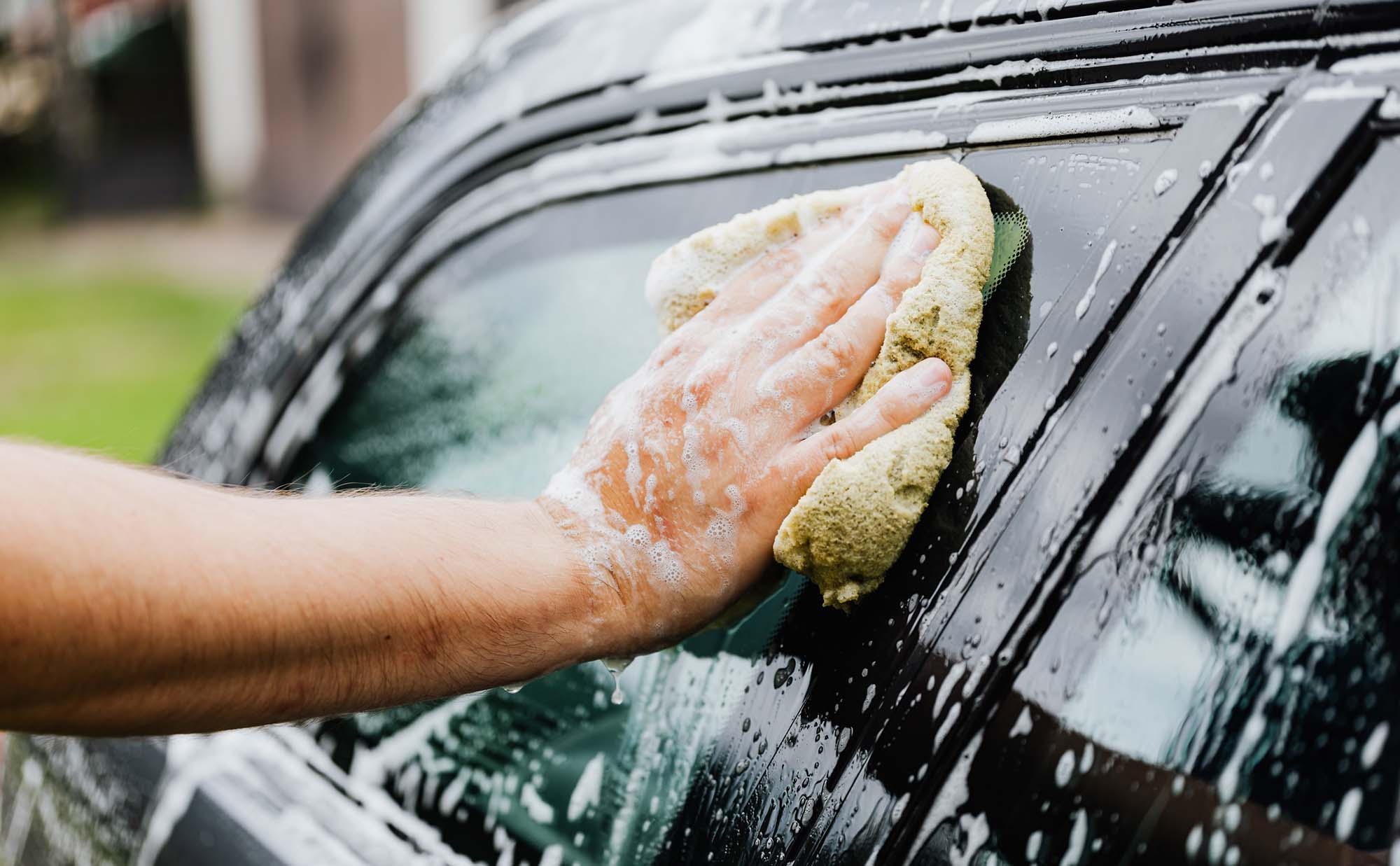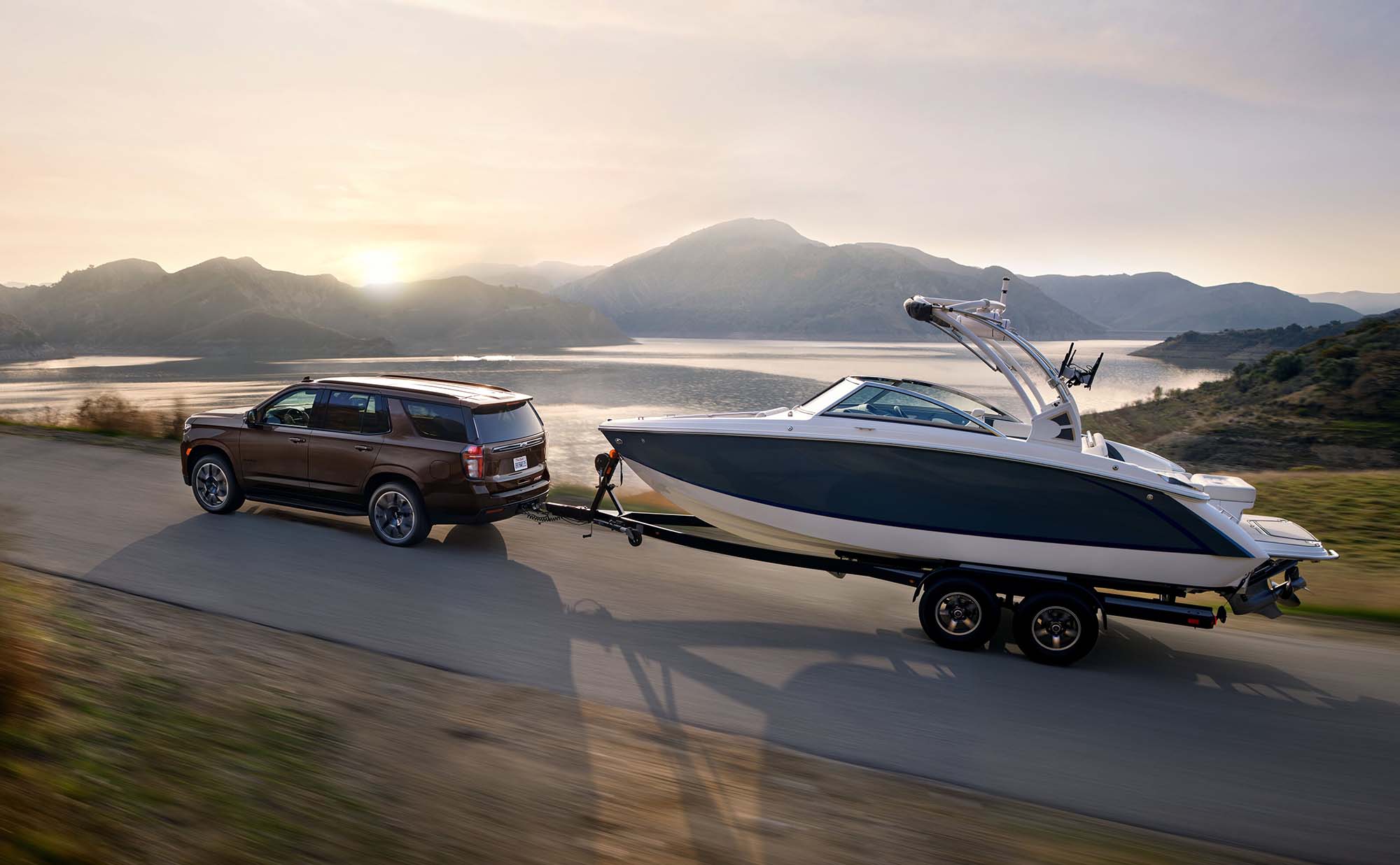Run flat tires are all the rage, but they aren't right for everyone (or every vehicle). Here is a list of the pros and cons, so you can make an informed choice.
One thing I guarantee you’ll never see is a car owner performing a celebratory dance of excitement in the aftermath of purchasing a new set of wiper blades. Windshield wipers are at the lower end of the car parts “scale of sexiness”, with fat chrome rims and exhaust tips being a solid ten (obviously). In fact, we generally care so little about wipers, we’ll ignore the squeals and scrapes of tattered wiper blades until we’re facing a monsoon or Snow-mageddon.
It may interest you to know there’s more to buying wipers than simply grabbing any new set of blades and swapping the old ones out. There are actually plenty of options to assist you in your quest for optimum visibility. Let’s look at a few different types of blades, then decide how to choose the best one to suit your needs.
- Traditional frame style wipers: The most affordable and widely used wiper style is based on a metal framework that serves as a mount for a rubber blade. The majority of vehicles on the road today have frame-style wipers.
- Winter wipers: The winter wiper blade has improved functionality for drivers faced with winter weather. Winter Extreme Beam blades, for example, feature a reinforced blade mounted on a honeycomb design frame that remains flexible and ice-free in extreme temperatures. Again, not abundant in visual appeal, but they get the job done in tough winter weather.
- Premium beam style wipers: These wiper blades come in at a higher price, but manufacturers claim longer life and they undoubtedly have a sleeker profile than regular wiper blades. Premium wipers eliminate the framework of traditional wipers, featuring a uniform design with a spring mechanism that conforms the wiper to the curvature of your windshield. These wipers are the most attractive of the wiper blade family.
- Blade-only replacements: Some car manufacturers choose to make only the rubber blade replaceable and not the entire wiper arm. This is true with the Honda Civic for example. For these, you must go to the dealer to get the specific rubber blade, then slide out the old one while keeping the wiper arm attached to your vehicle. Trickier to change, but cheaper and less wasteful in the long run.
Choosing the perfect wiper blades
The leading manufacturers like Trico, Reflex, and RainX all have their own versions of these three wiper blade styles, but determining the best wiper blades for your vehicle is very quick and easy. Refer to the owner’s manual for specifications regarding wiper size, or hop online to find blades compatible with the year, make, and model of your vehicle. RainX has an easy-to-use tool for finding the correct wiper size for your vehicle, you can find it here.
Not to be obvious, but make sure to replace both wiper blades at the same time, usually every six months to one year. Regardless of what the calendar says if you notice your wiper blades leaving a haze of unclean glass — it’s time to swap them out.
Replacing wiper blades
The three most common wiper arm styles are the side post, J-hook, and bayonet, and are usually simple to remove and install, requiring nothing more than a screwdriver to assist. Wiper-blade manufacturers include universal hardware with new blades. If you are in doubt, and you want to save some time, we carry wipers at the shop and are happy to replace them for you at your next service. Just give us a shout to set up an appointment.
Since good wipers equate to good visibility, it is a perfect time to remind you to check your windshield washer fluid. Adequate fluid makes the removal of road grime, bugs, and even ice a whole lot easier. Your windshield wipers may never be the key feature of your vehicle, but good visibility means safer driving and enjoyment for everyone.




